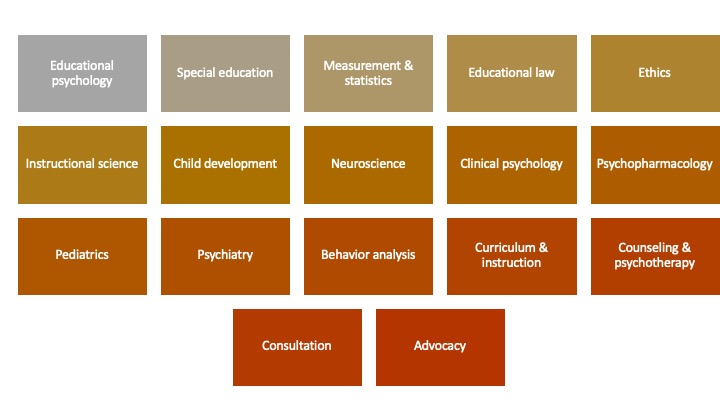Introduction
Finger-Tip Facts for School Psychologists: Definitions, Explanations, Links is a resource. It represents a reference tool to be kept at hand and accessed again and again, as needed. Its roughly 400 entries provide facts, clarify concepts, and define terminology. Also included are many internet links selected for their relevance to school psychologists. You will find that entries range from one-sentence definitions to paragraph-length elaborations. Each was prepared so as to align with practitioners’ preferences for breath and depth. Some entries are quite specific to school psychology (e.g., links to ethical codes, legal definitions of various categories of educational disability). Others come from one or more of the fields closely related to school psychology (e.g., from psychopharmacology names of medications that might be encountered in students’ files; from statistics and measurement terms like Cohen’s d, which might be needed when reading a table of scores). In fact, part of the impetus for the book is the vast array of fields related to school psychology, each with their own terms and facts (see Figure 1 below). Entries in the book are arranged alphabetically, and there is extensive cross-referencing. Although this book includes internet links, it is predicated on the notion that relying on the internet often proves surprisingly inefficient. Finding what is needed online typically proves to be too slow; content found there is often overly generic in nature or it may lack credibility. Several links found in the book come from authoritative sources, such as official position statements (e.g., a multi-group statement on vision training). Other conclusions found in the book rest on summary sources found in the literature (e.g., a meta-analysis on the efficacy of group contingencies). In general, I’ve tried to include in a single source material that experience indicates is sometimes needed. I hope you find it useful.
In cases where detailed information is included (i.e., facts not commonly known by practitioners and trainers), I have added references. For commonly-known information, no references are provided. Verbatim wording is quoted with attribution. Should any other wording match that already written elsewhere, this represents a coincidence and was entirely unintended.


